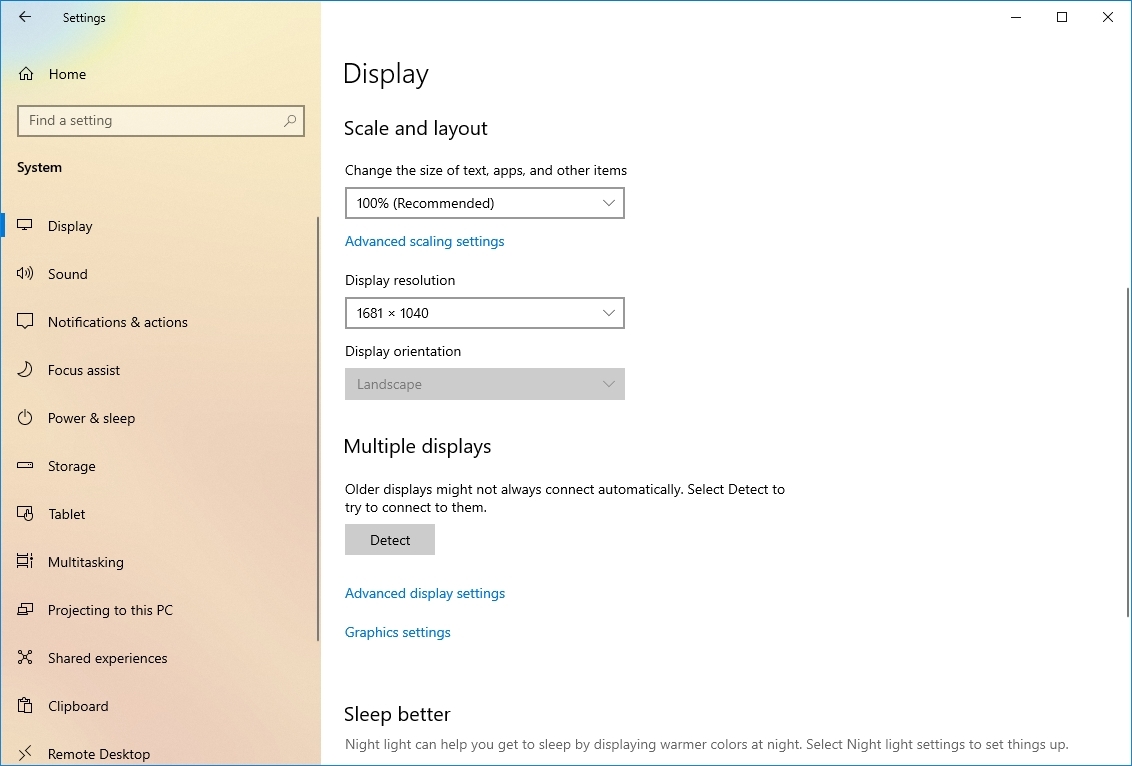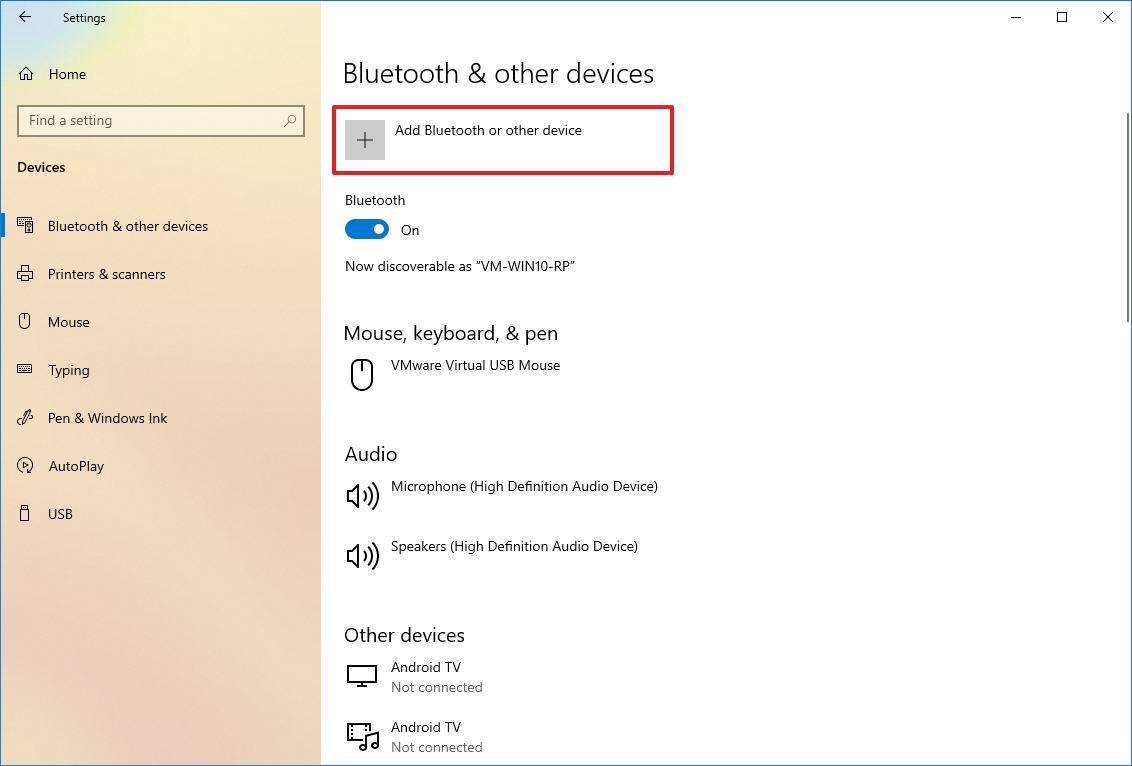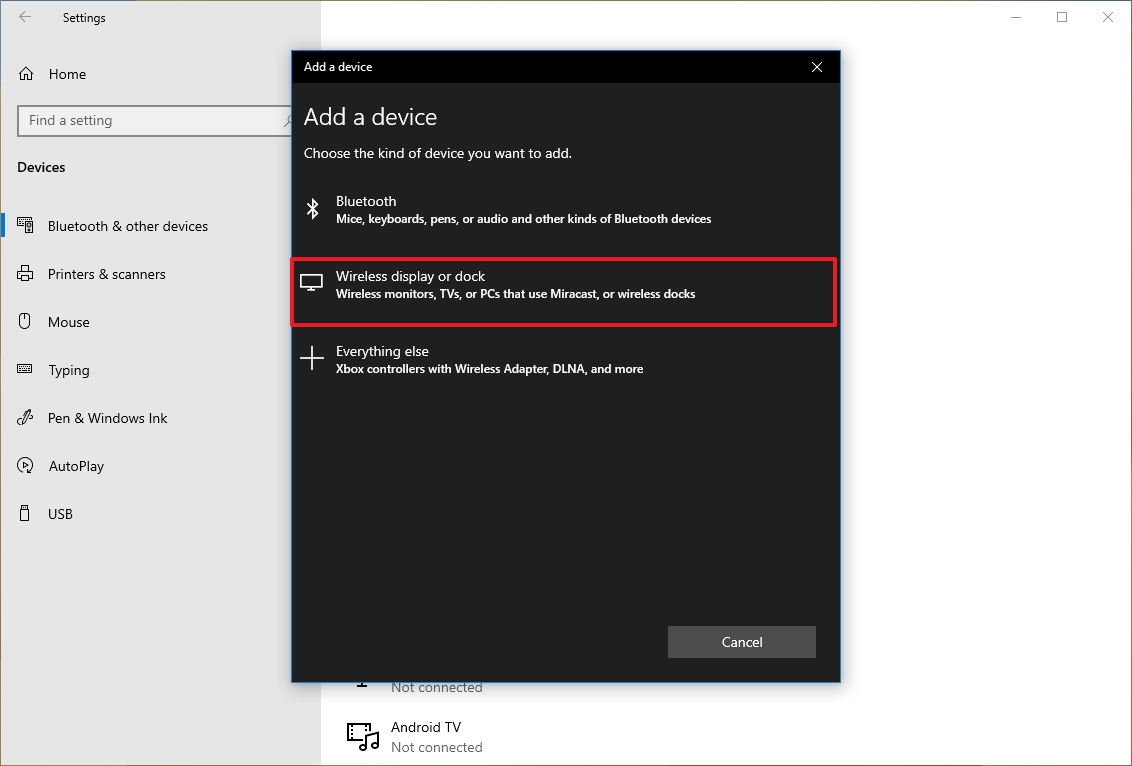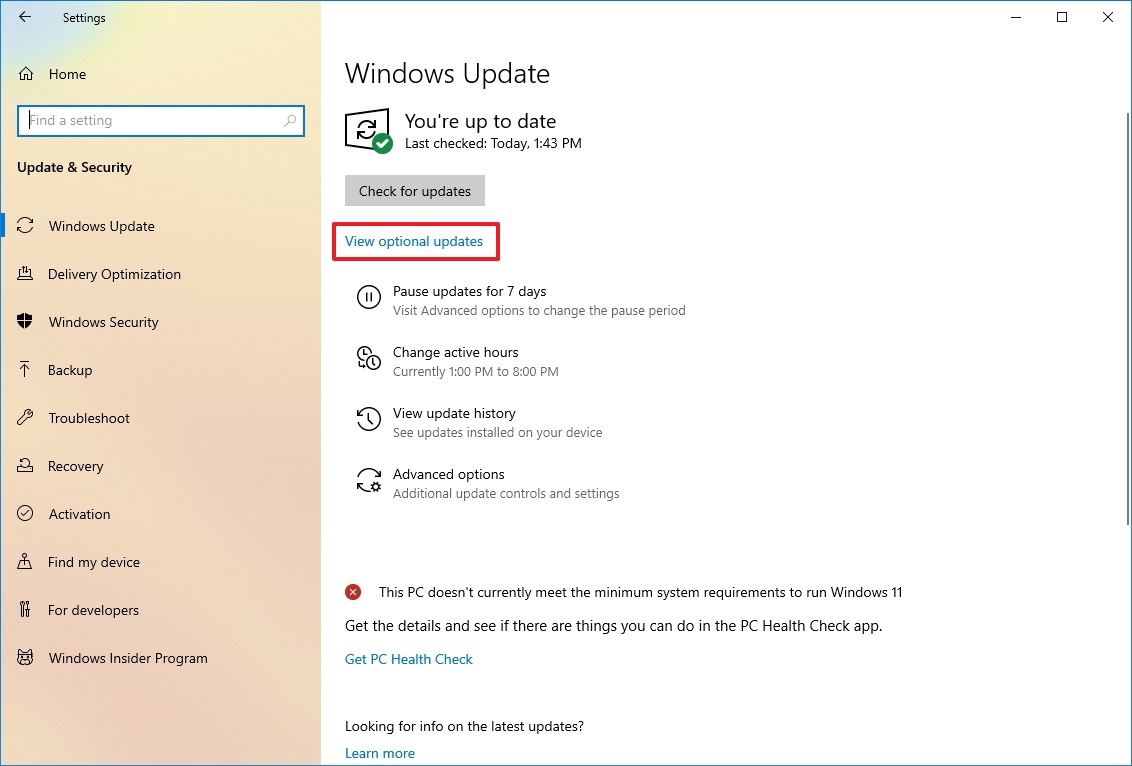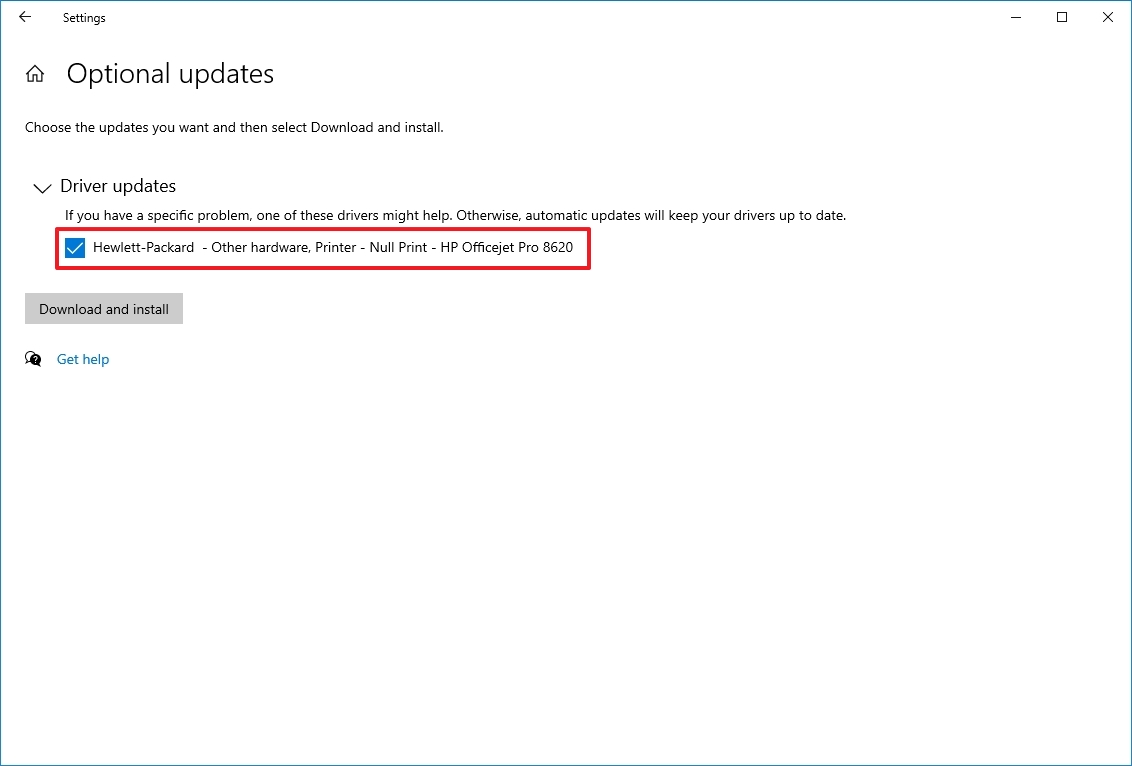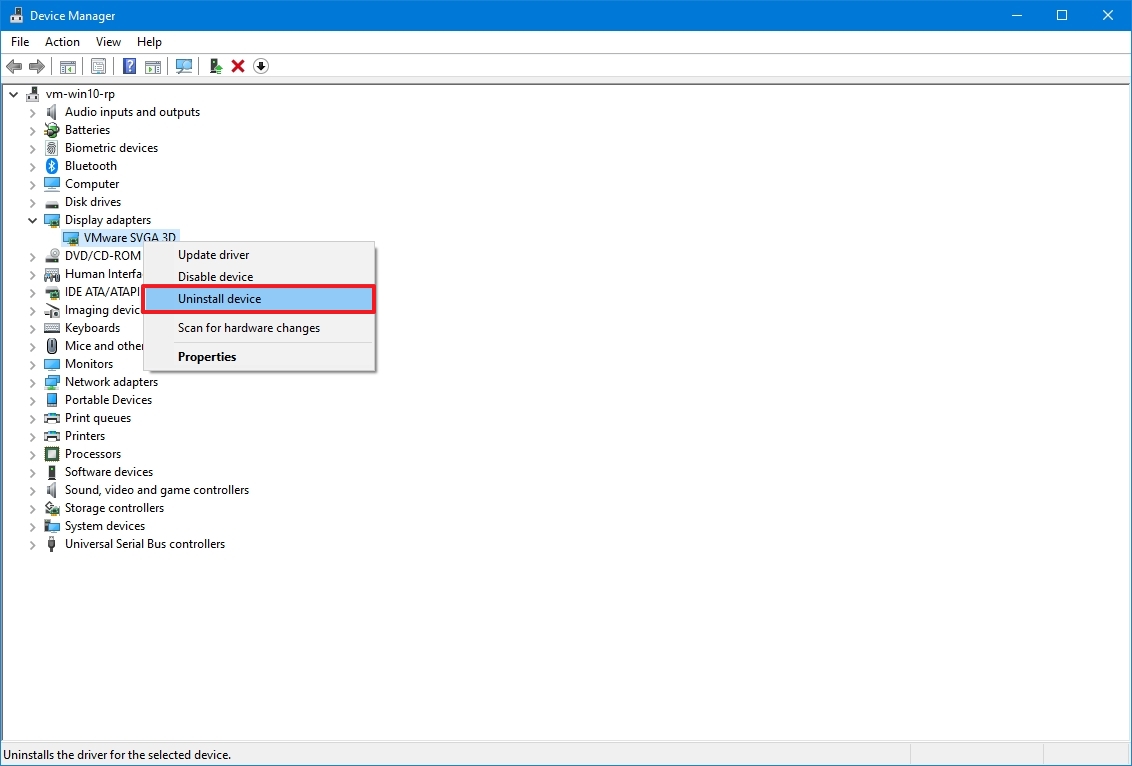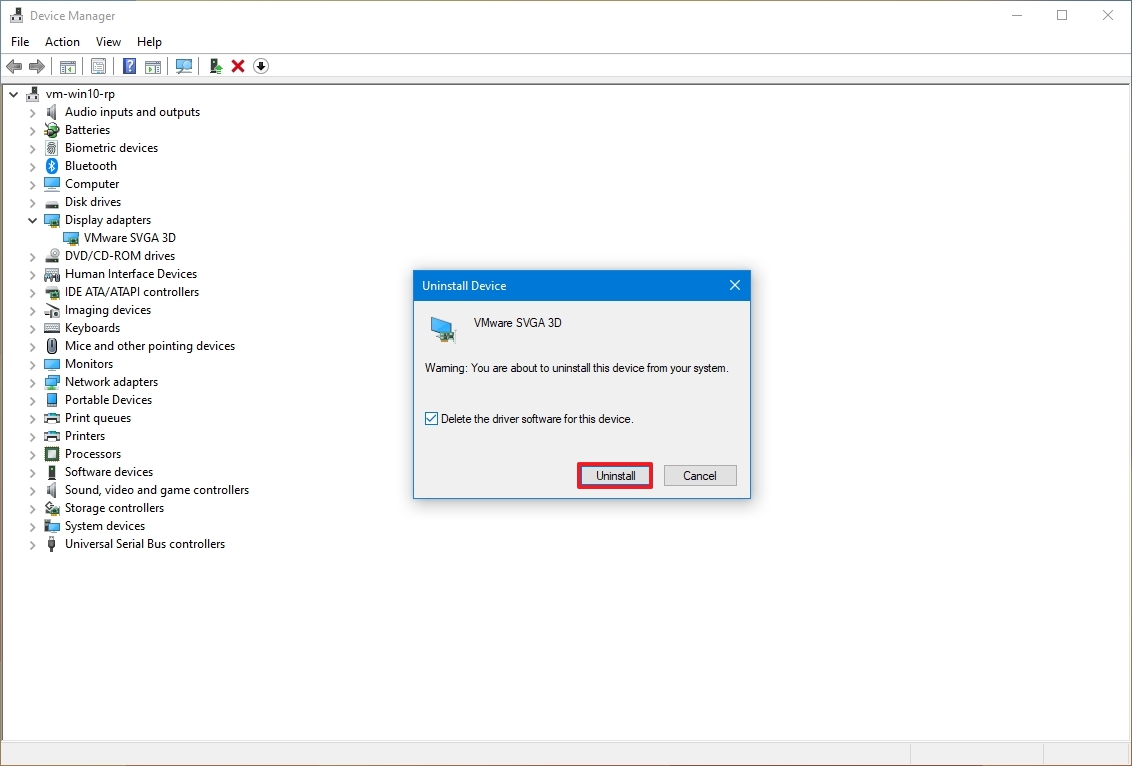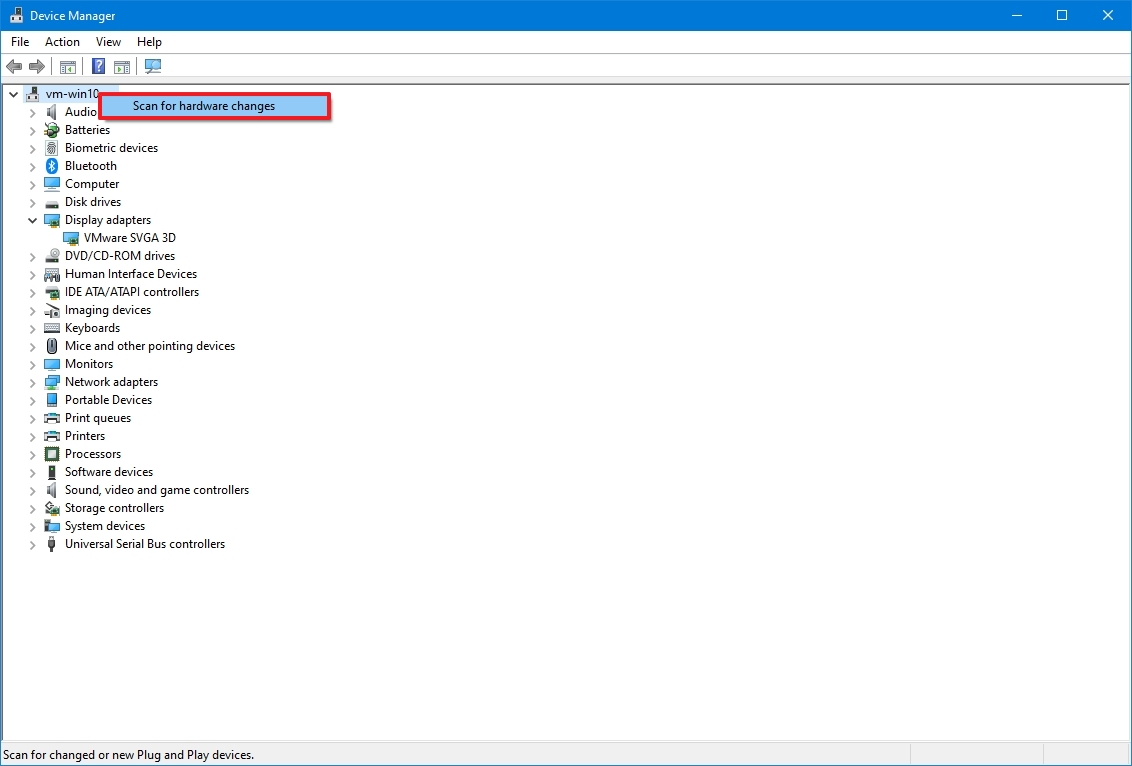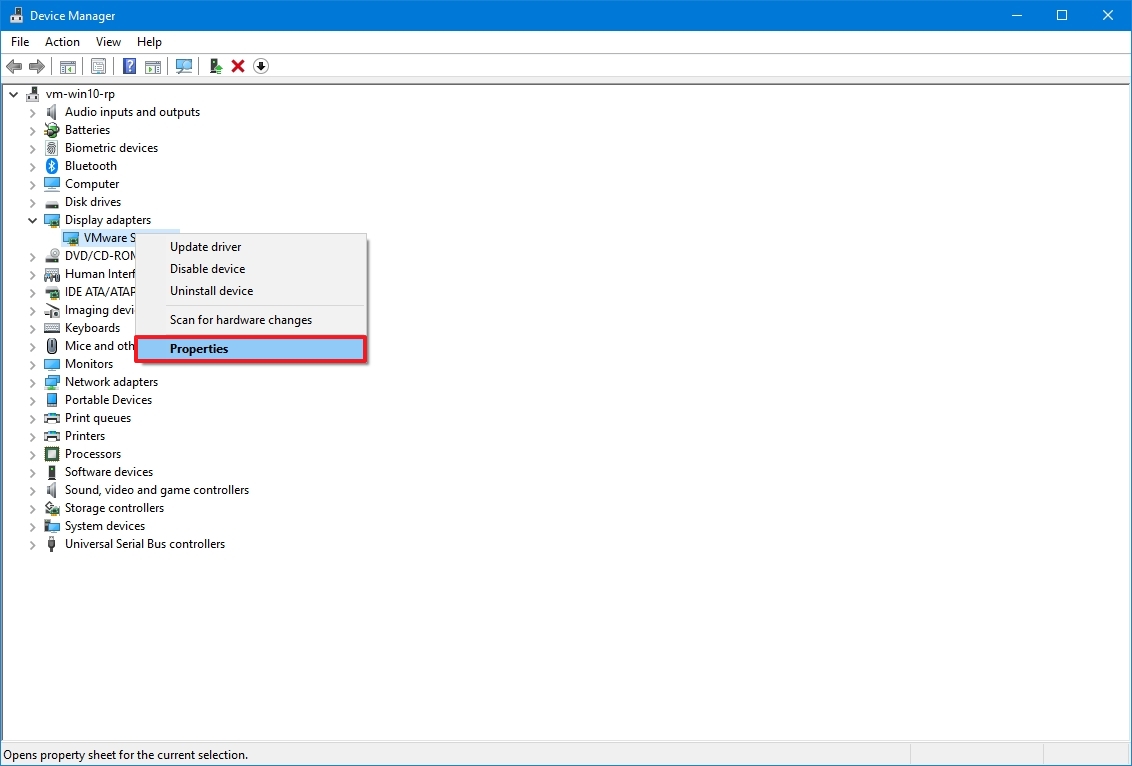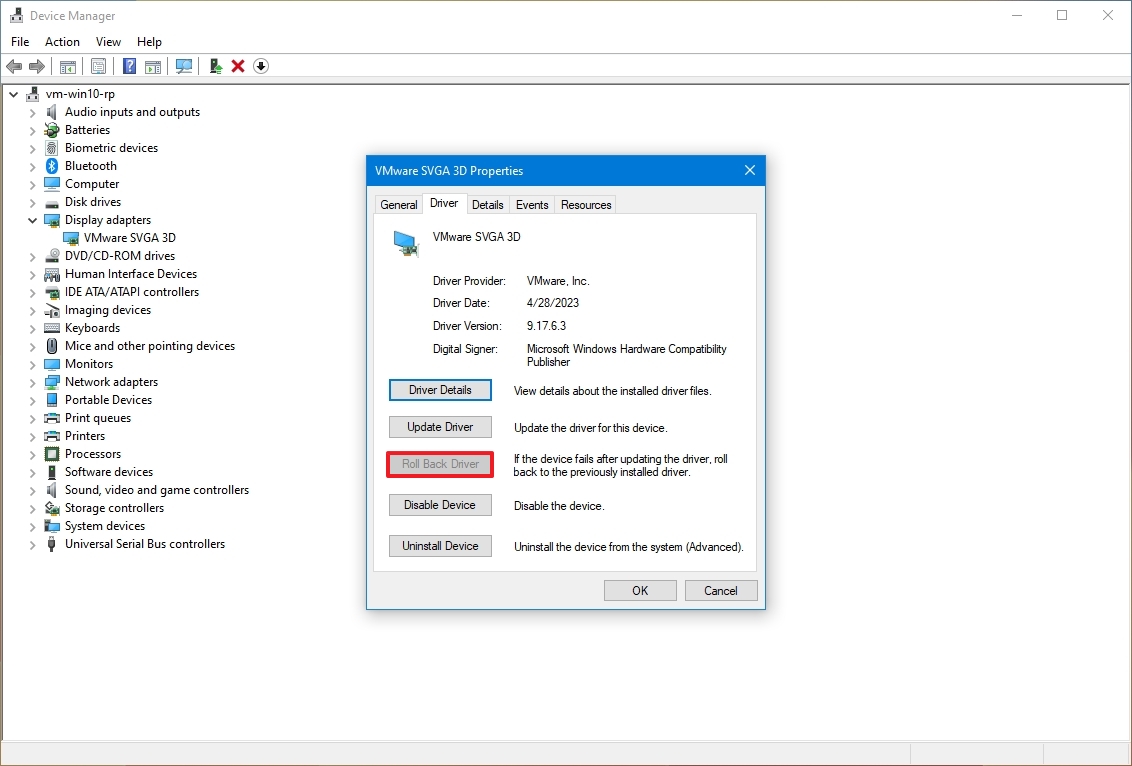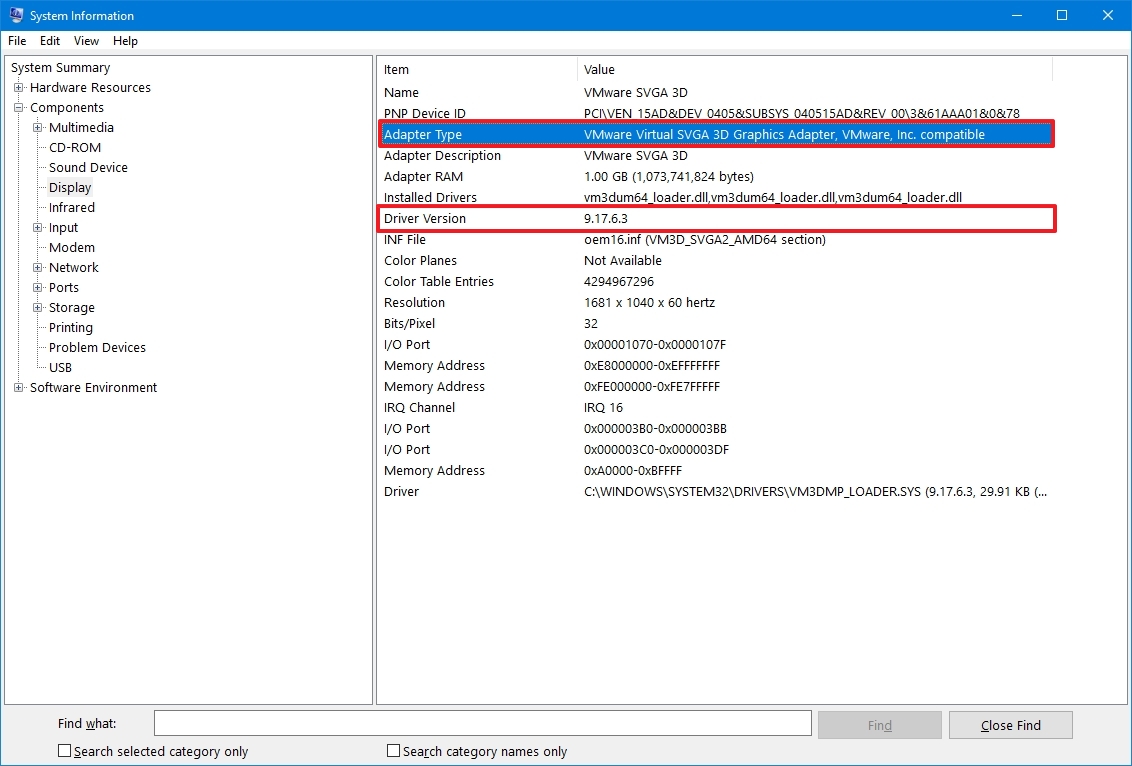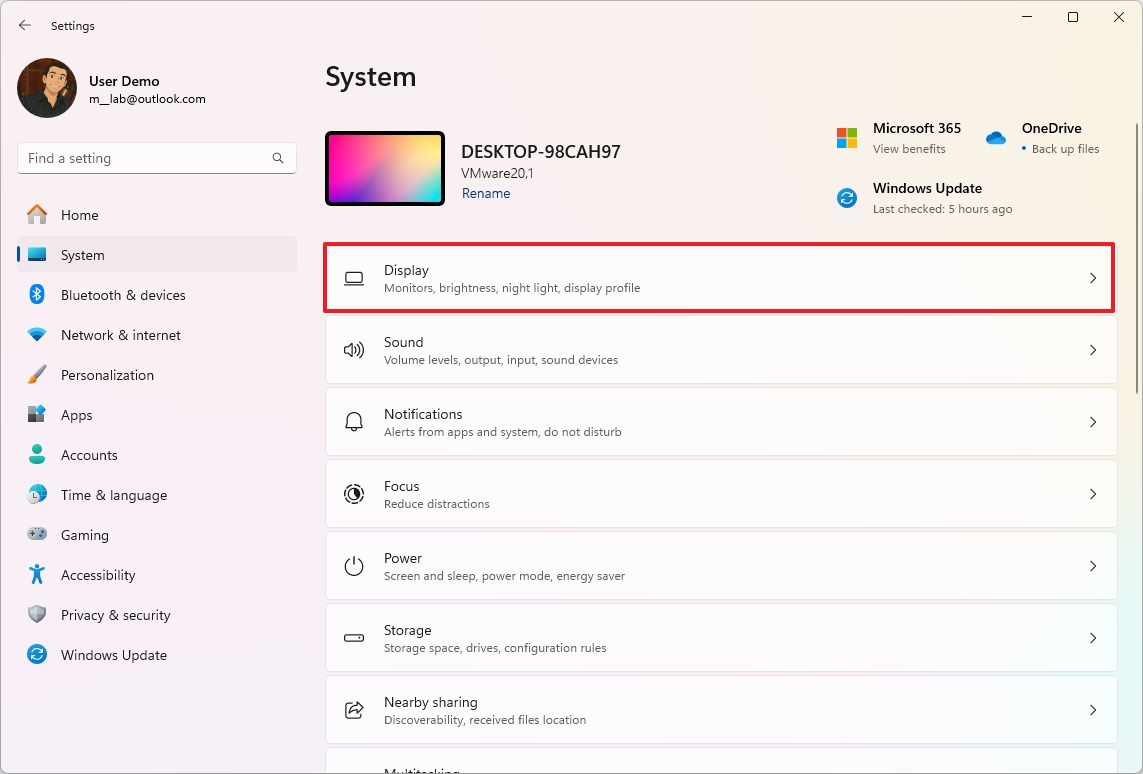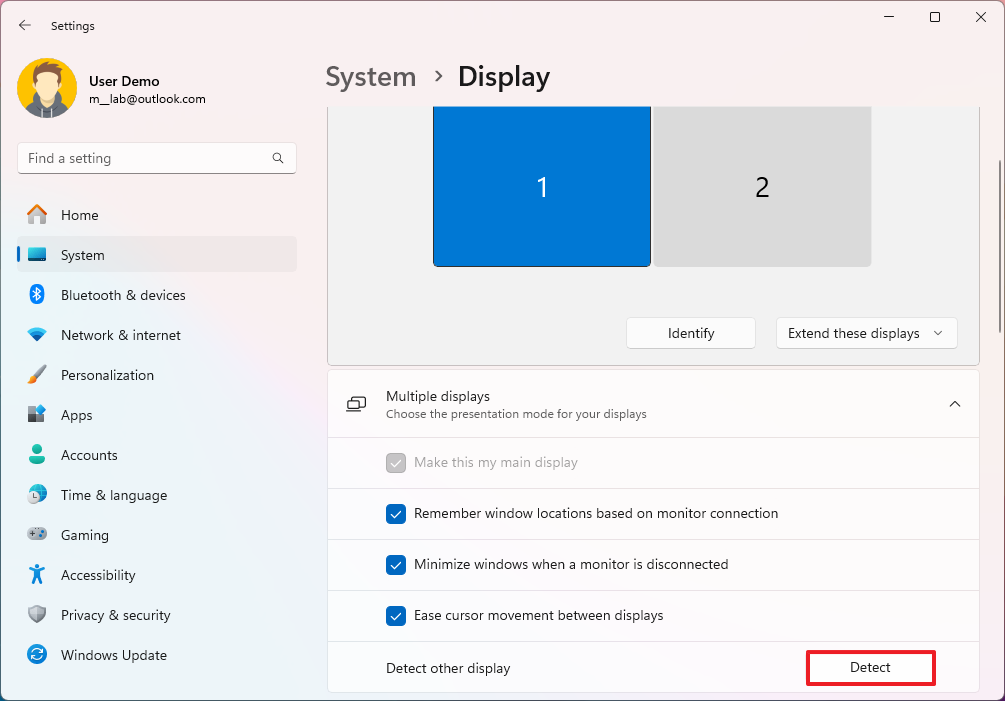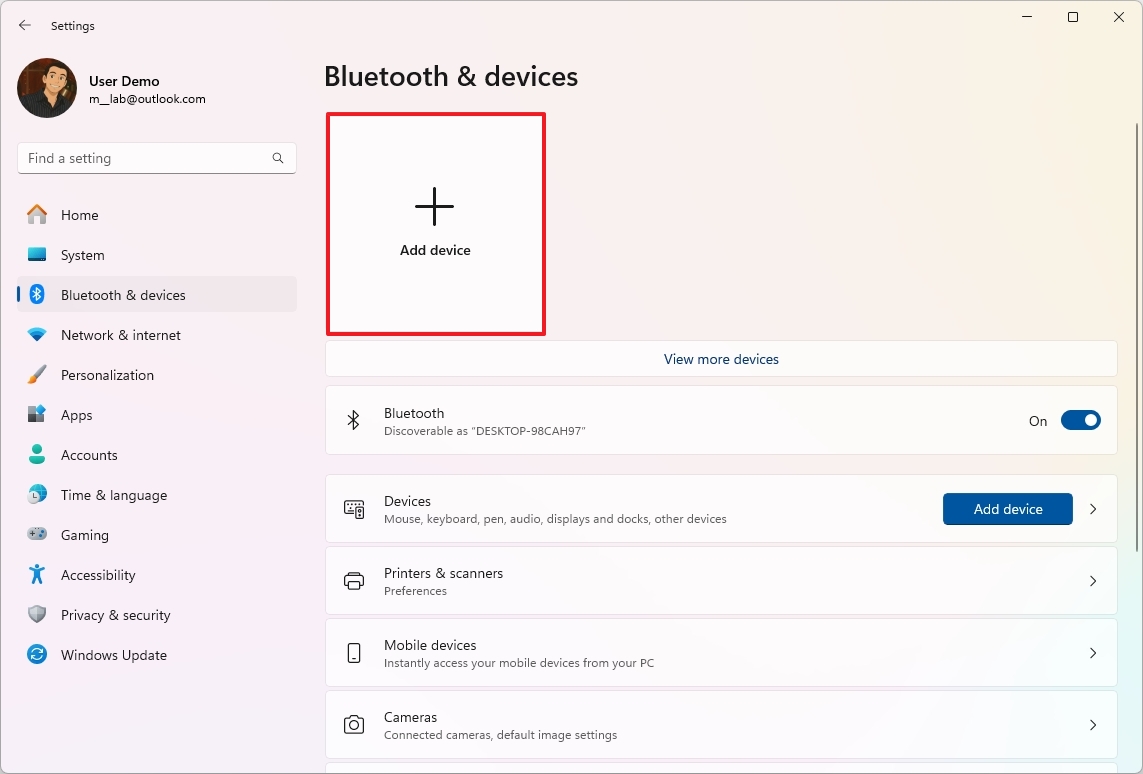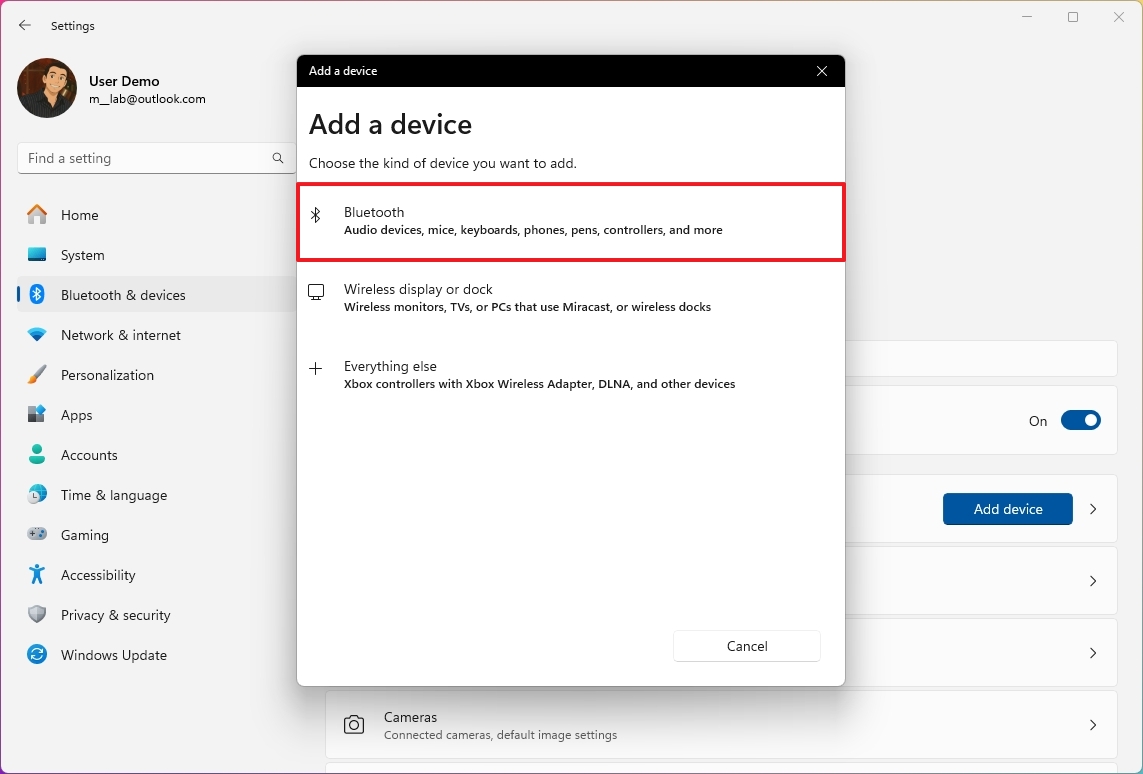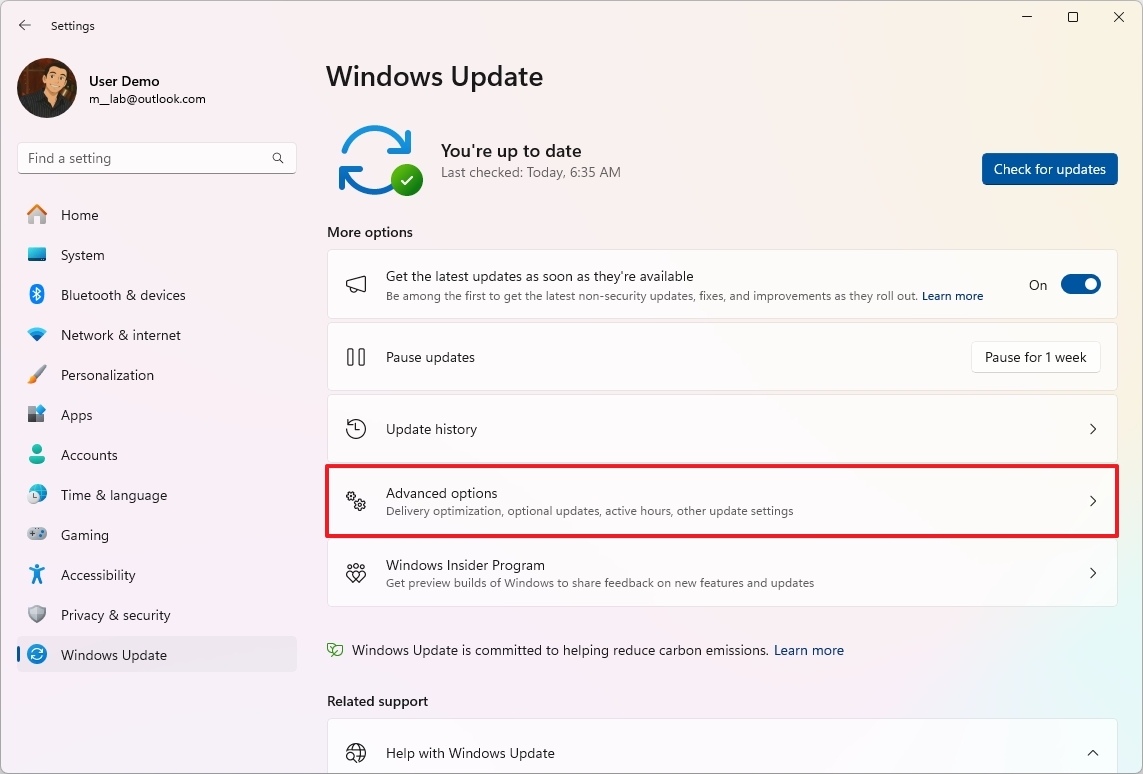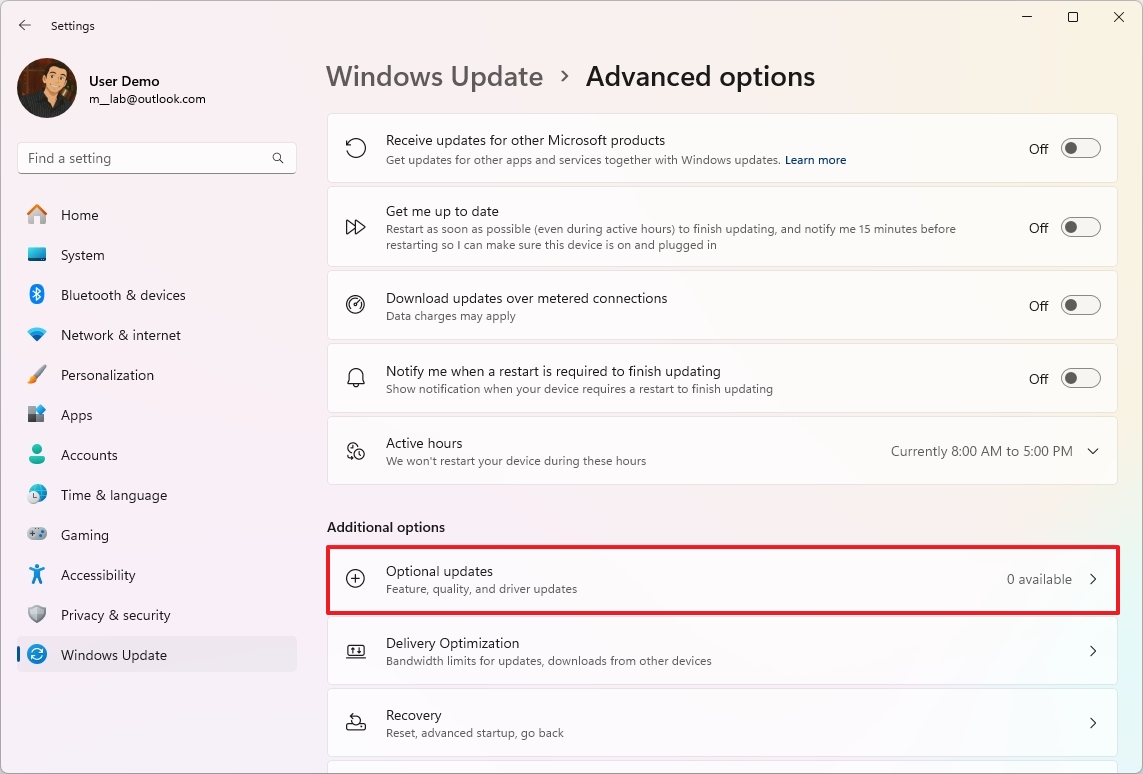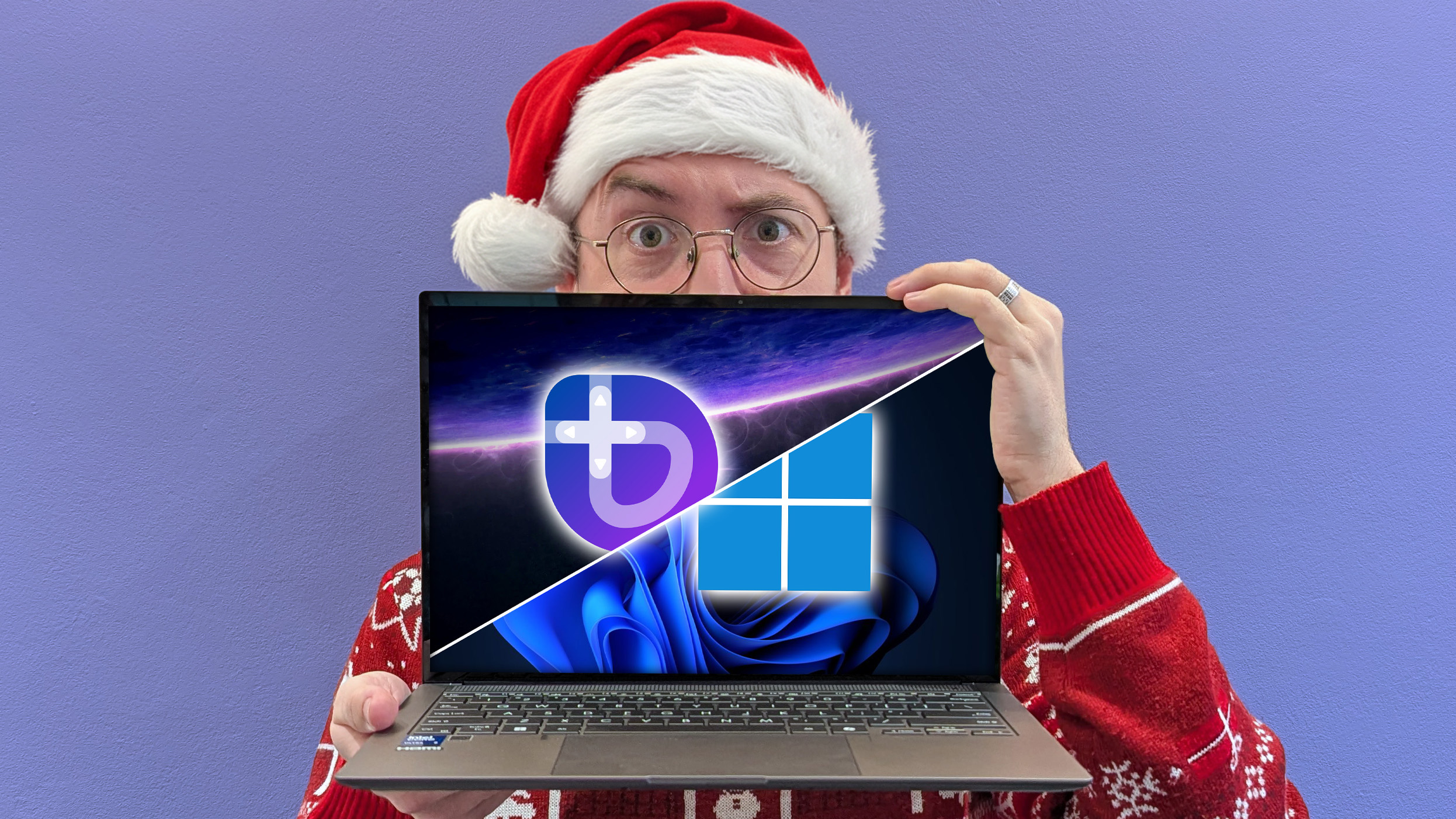How to fix a second monitor not detected in Windows 10 and 11
Isn't your PC detecting the external monitor? Try these troubleshooting steps to fix the problem.
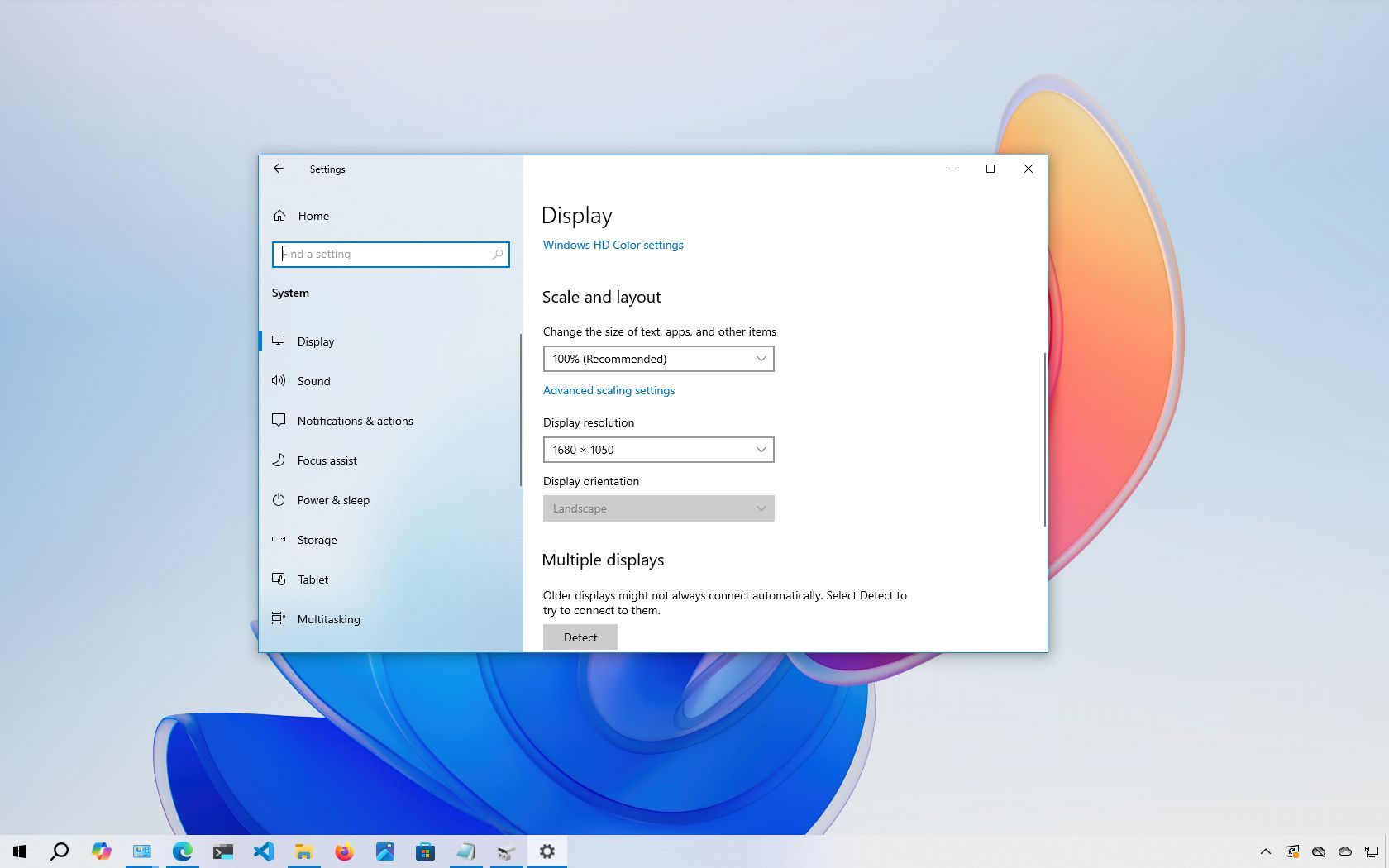
On Windows 10 and Windows 11, connecting a second display allows you to expand your desktop and work with multiple apps, as well as play games, on your laptop or desktop computer.
Although setting up an external monitor is usually straightforward, the operating system may sometimes fail to detect older displays or second monitors due to driver or hardware-related issues. However, if your device has a problem, you can use several troubleshooting steps, including checking the connection and installing the correct drivers, to fix the issue quickly.
In this how-to guide, I'll explain several ways to troubleshoot and fix issues that block the system from automatically detecting the second monitor. This set of instructions is focused on Windows 10, but you can also refer to them if you're dealing with the same issues on Windows 11. I have also added a section with more specific steps for the newer version of the operating system.
These instructions have been updated on September 17, 2025, to ensure accuracy and reflect changes to the process in the operating system, as well as adding an FAQ.
How to fix external monitor connection issues from hardware troubleshooting
When your desktop or laptop does not detect the second external display, it could be a software problem, but it might also be an issue with the physical connection or the monitor itself.
If the monitor does not show up in the settings, use these steps before messing around with the configuration settings on Windows:
- Confirm the monitor is receiving power – Confirm that the display is securely connected to a working power outlet and that the power cable is not damaged.
- Verify the monitor is turned on – Use the physical power button on the monitor to check if it’s powered on. Look for any LED indicators.
- Restart your computer – A simple reboot can refresh the hardware connections and resolve minor glitches.
- Check the input source on the monitor – Use the monitor’s built-in menu to ensure it’s set to the correct input port (for example, HDMI or DisplayPort).
- Inspect the signal cable connection – Check that the cable connecting the monitor to the graphics card is securely plugged in at both ends.
- Reconnect the signal cable – Disconnect the video cable from both the monitor and the computer, wait for 60 seconds, then reconnect it firmly.
- Swap the video cable – Use a different cable to rule out a faulty or incompatible one. Even small issues, such as bent pins or poor shielding, can screw up the signal.
- Check cable specifications – Ensure you’re using a cable that meets the monitor’s requirements. For example, DisplayPort 1.4 or HDMI 2.0/2.1 may be necessary for high resolutions or refresh rates. Refer to the manufacturer’s documentation for compatibility guidelines.
- Try different video ports – If your monitor and graphics card support multiple input and output ports, test each one to rule out port-specific issues.
- Connect the monitor to another computer – This will help determine if the issue lies with the display itself.
- Test a different monitor – Connect a known working monitor to your computer to check if the problem is related to your system’s graphics card or drivers.
- Disconnect all peripheral devices – Unplug printers, cameras, USB drives, and other accessories to eliminate potential conflicts.
- Surface devices using a docking station – Bypass the dock and connect the monitor directly to the device. This helps identify whether the dock is the cause of the problem.
- Update your monitor’s firmware – Although rare, outdated firmware can cause compatibility or performance issues. Check your manufacturer’s website for firmware updates and installation instructions.
If the basic troubleshooting steps outlined above do not fix the problem with the second monitor, it could be a software-related issue, which you may be able to fix with the steps below.
1. ExpressVPN: The best VPN available right now
This is our top pick for anyone looking to get started with a VPN. It offers a great mix of speed, reliability, outstanding customer service, and affordability. There is a 30-day money-back guarantee, so give it a shot today.
In the event that the problem is the monitor or you are in the market for a new one, check our best 4K monitor roundup that you should consider getting.
All the latest news, reviews, and guides for Windows and Xbox diehards.
How to fix external monitor connection issues from Settings
After determining that there isn't a physical problem with the connection, monitor, or computer, you can use the Settings app to force the system to detect the second monitor.
Force second display detection
To detect a second monitor manually on Windows 10, use these steps:
- Open Settings.
- Click on System.
- Click on Display.
- Click the Detect button to connect to the external monitor under the "Multiple displays" section.
- (Optional) Click the Detect button in the bottom-right corner, under the "Rearrange your displays" section (if applicable).
- Quick note: If you have only one monitor, the option won't be present since it's only available when connecting multiple displays.
Once you complete the steps, Windows 10 should detect the external monitor connected to the computer.
Connect wireless external display
To connect a wireless display on Windows 10 as a secondary screen on your computer, use these steps:
- Open Settings.
- Click on Devices.
- Click on Bluetooth & other devices.
- Turn on the Bluetooth toggle switch (if applicable).
- Click the "Add Bluetooth or other device" button.
- Select the "Wireless display or dock" option.
- Confirm the wireless display is on and discoverable (refer to device documentation).
- Select the display (wireless monitor, TV, or PC with Miracast support) from the list.
- Continue with the on-screen directions (if applicable).
After you complete the steps, the wireless display will be detected as a new external display.
How to fix external monitor connection issues from latest graphics drivers
A buggy, outdated, or corrupted graphics driver can cause problems that prevent the operating system from automatically detecting a second monitor. The easiest method to fix this issue is to update, reinstall, or downgrade the driver.
Update graphics driver
To update the graphics card driver through Windows Update, use these steps:
- Open Settings.
- Click on Update & Security.
- Click on Windows Update.
- Click the "View optional updates" option.
- Quick tip: If the option is not available, Windows Update does not have a newer driver available.
- Select the Driver updates setting.
- Check the graphics driver to update on Windows 10.
- Click the "Download and install" button.
Once you complete the steps, Windows Update will install the graphics driver, fixing the external monitor's detection problem.
If Windows Update does not have a newer driver version, check the manufacturer's support website to download and install a more recent version (if available).
Reinstall graphics driver
To reinstall a corrupted video driver on Windows 10, use these steps:
- Open Start.
- Search for Device Manager and click the top result to open the app.
- Double-click to expand the Display adapters branch.
- Right-click the adapter and select the Uninstall device option.
- Clear the "Delete the driver software from this device" option (if applicable).
- Click the Uninstall button.
- Restart the computer.
- Open Device Manager again.
- Quick note: The system should detect the monitor again automatically. If it's not the case, you can scan for changes manually to reinstall the display.
- Right-click the computer name and select the "Scan for hardware changes" option.
After you complete the steps, Windows 10 will automatically reinstall the driver. However, it's good to follow the above steps to ensure the driver is installed correctly.
Rollback graphics driver
If the computer was recently updated or the graphics driver was manually upgraded, and the system cannot detect the second monitor, rolling back to the previous driver version may resolve the issue.
To remove and reinstall an older version of a graphics driver on Windows 10, use these steps:
- Open Start.
- Search for Device Manager and click the top result to open the app.
- Double-click to expand the Display adapters branch.
- Right-click the graphics adapter and select the Properties option.
- Click the Driver tab.
- Click the Roll Back Driver button.
- Quick tip: You cannot use this rollback process if the option is unavailable. However, you may still be able to use an older version from the device manufacturer's support website, if available.
- Select an option to answer the question.
- Click the Yes button.
- Restart the device.
Once you complete the steps, Windows 10 should start rendering content on the external monitor.
Update graphics driver with manufacturer control panel
The operating system can automatically install drivers for most graphics adapters, but the drivers available through Windows Update are usually not the most recent. If you need to install the latest driver, companies like NVIDIA, AMD, and Intel offer tools to quickly update to the newest version, which may help fix external display problems.
Check out these links to download the drivers, depending on your manufacturer:
If you want to use the manufacturer's control panel application, the installation is simple. You only need to download and double-click the installer using the links above. Then, follow the on-screen directions to complete the setup and check for updates.
Alternatively, you can download the drivers directly from the manufacturer's support website using their recommended instructions. You can use the links below to find the drivers:
Check manufacturer and driver version
To check the graphics card vendor and driver version on Windows 10, use these steps:
- Open Start.
- Search for System Information and click the top result to open the app.
- Double-click to expand the Components branch on the left pane.
- Select the Display category.
- Confirm the Adapter Type and Driver Version information to determine the driver's card model and current version.
Once you've completed the steps, use the links above to find, download, and install the correct driver.
Finally, manufacturers (such as Dell, HP, Razer, Acer, and Microsoft) usually change the original drivers to optimize their computers. As a result, if you have a branded computer (also known as an Original Equipment Manufacturer, or OEM, computer), you should always consider using the graphics driver available from the device manufacturer before trying those from the graphics card manufacturer to avoid problems.
How to fix external monitor connection issues on Windows 11
Although these instructions also apply to Windows 11, some steps are slightly different because the newer version features an updated interface.
Force external monitor detection
To detect an external monitor manually on Windows 11, use these steps:
- Open Settings.
- Click on System.
- Click the Display page on the right side.
- Click the Multiple displays setting.
- Click the Detect button.
Once you complete the steps, the system should detect the external display.
Connect wireless external display
To connect a wireless display as a secondary screen, use these steps:
- Open Settings.
- Click on Bluetooth & devices.
- Turn on the Bluetooth toggle switch (if applicable).
- Click the Add device button.
- Select the "Wireless display or dock" option.
- Confirm the wireless display is turned on and discoverable (refer to device documentation).
- Select the display (wireless monitor, TV, or PC with Miracast support) from the list.
- Continue with the on-screen directions (if applicable).
After you complete the steps, the display will be detected as a new external display on the computer.
Update graphics driver
To update the graphics driver, use these steps:
- Open Settings.
- Click on Windows Update.
- Click the Advanced options page on the right side.
- Click the Optional updates option under the "Additional options" section.
- Select the newer graphics driver to install on Windows 11.
- Click the "Download & install" button.
Once you complete the steps, the system will download and install the available update for the graphics driver, fixing the external monitor's detection problem.
FAQs
These are common questions when dealing with a multi-monitor setup on Windows 10.
How do I rotate my monitor on Windows 10?
To rotate the monitor, right-click on the desktop and select "Display settings." Scroll down to the "Display orientation" drop-down menu, and choose Landscape, Portrait, Landscape (flipped), or Portrait (flipped).
How do I use dual monitors on Windows 10?
Connect the second monitor, then use the "Windows key + P" shortcut to open the "Project" menu. Choose between PC screen only, Duplicate, Extend, or Second screen only.
You can also open Settings > System > Display to rearrange monitors, adjust scaling, and customize each screen.
How do I adjust monitor brightness on Windows 10?
To change the display brightness, open Settings > System > Display and use the "Brightness and color" slider.
If you're using a desktop computer with an external monitor, you may need to use the physical buttons on the monitor itself, as the operating system may not always be able to control the brightness on external displays.
How do I change the default monitor on Windows 10?
To change the default monitor, open Settings > System > Display, select the monitor you want to set as the default, then check "Make this my main display."
How do I set a primary monitor on Windows 10?
Open the "Display" settings page, click on the monitor you want to make primary, and check the box "Make this my main display."
How do I extend my monitor on Windows 10?
To extend Windows 10 to another monitor, use the "Windows key + P" shortcut and select "Extend." This allows you to use both screens as one large desktop, enabling you to drag windows across.
How do I adjust monitor size on Windows 10?
To change the monitor size, open Settings > System > Display and under "Scale and layout," change the scale percentage. This adjusts text, apps, and icons. You can also adjust the display resolution to change the screen size and clarity.
How do I calibrate a monitor on Windows 10?
To calibrate a monitor, open Start, search for "Calibrate display color," and open the app. Then follow the wizard to adjust gamma, brightness, contrast, and color balance. This helps improve accuracy for images and text.
External monitors may also have built-in calibration options in their menus.
Can I have different wallpapers on dual monitors on Windows 10?
Yes, you can set a different wallpaper per monitor. Open Settings > Personalize > Background, and under "Choose your picture," right-click an image and select "Set for monitor 1" or "Set for monitor 2" to use a different wallpaper for each screen.
More resources
Find in-depth guides, troubleshooting tips, and the latest updates on Windows 11 and 10 here:

Mauro Huculak has been a Windows How-To Expert contributor for WindowsCentral.com for nearly a decade and has over 22 years of combined experience in IT and technical writing. He holds various professional certifications from Microsoft, Cisco, VMware, and CompTIA and has been recognized as a Microsoft MVP for many years.
You must confirm your public display name before commenting
Please logout and then login again, you will then be prompted to enter your display name.

